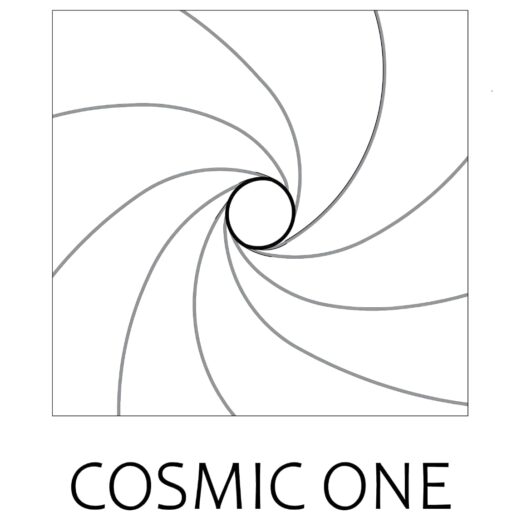AOB and NOB coexist in both natural (elizabeth.g., grain paddy soils) (Ke mais aussi al., 2013; Wang mais aussi al., 2015) and engineered solutions (elizabeth.grams., wastewater procedures plants) (Dionisi et al., 2002), but earlier knowledge investigating the relationship was indeed constantly achieved using artificially constructed co-countries out-of AOB and you will NOB isolates (Laanbroek and you may Gerards, 1993; Perez ainsi que al., 2015). Such tactics may well not mirror the fresh nitrification procedure within the a real-lifetime ecosystem, and more than training including tended to work with nitrifiers inside activated sludge (Sliekers mais aussi al., 2005; Winkler et al., 2012), which have a lot fewer co-culture education with the members of freshwater biofilters (van Kessel mais aussi al., 2010).
Metagenomic and 16S rRNA gene sequencing, together with physiological experiments, indicated that the nitrifying partnership in the cultures involves a Nitrosomonas-like AOB and a Nitrobacter-like NOB that are adapted to a relatively low NHcuatro + condition. For example, incubation at the lowest NH4 + or NO2 – concentration tested (50 ?M) gave longer lag phases for Culture02 and Culture03 than for Culture01 of 10- and 3.5-fold, respectively. Although nitrifiers are reportedly sensitive to the initial incubation conditions (e.g., substrate concentrations) (Graham et al., 2007), the duration of the lag phase also varies significantly when incubated with the same NH4 + concentration, depending on whether the nitrifying partner is present. Furthermore, similar to a previous study (Sedlacek et al., 2016), the growth rate also highly depends on the presence of the nitrifying partner, with Culture01 showing the highest rate compared to the two other cultures, and especially Culture03 (Figure 3A). The extent of cell growth for the AOB was lower in Culture01 than in Culture02 and the NOB in Culture 01 had similar growth to that seen in Culture03 (Figure 4). The major difference between Culture01 and Culture02 was the composition of the nitrifiers; therefore, the decoupling between the growth of AOB and nitrification activities might reflect how the cells utilize the energy derived from NH4 + in the presence NOB. In line with the previous finding that AOB had a higher Ks value for NH4 + in the absence http://www.datingranking.net/pl/meetmindful-recenzja/ of NOB (Sedlacek et al., 2016), the Ks of NH4 + for Culture02 without NOB was threefold higher than for Culture01 with NOB, suggesting that the synergistic interactions between AOB and NOB enable the robust oxidation of NH4 + at a low concentration. The presence of heterotrophic bacteria with AOB had also been shown to increase the expression of proteins related to the ammonia oxidation pathway of AOB and promote nitrification (Sedlacek et al., 2016). , 2013).
The mixture off AOB and NOB when you look at the Culture01 faster the latest lag time to this during the Culture02 and you may Culture03
The physical contact between AOB and NOB allows the efficient transfer of compounds between them (Okabe et al., 1999). Reciprocal feeding between AOB and NOB has been experimentally demonstrated by co-culturing AOB and NOB, whereby Nitrospira moscoviensis breaks down urea or cyanate to NH4 + to provide an energy source for N. europaea or Nitrosomonas nitrosa, which in turn produce NO2 – for the NOB (Palatinszky et al., 2015). This source of NH4 + is important for the functioning of AOB in oligotrophic environments (Prosser et al., 2014). Interestingly, the gene encoding cyanate hydratase (Starkenburg et al., 2006), which converts cyanate to NH3 and CO2 in the presence of HCO3 – , is found in the genome of the Nitrobacter-like NOB (Culture01_Bin8) (also present in N. winogradskyi Nb-255), and this could aid in supporting AOB when urea or cyanate is available.

Recent Comments